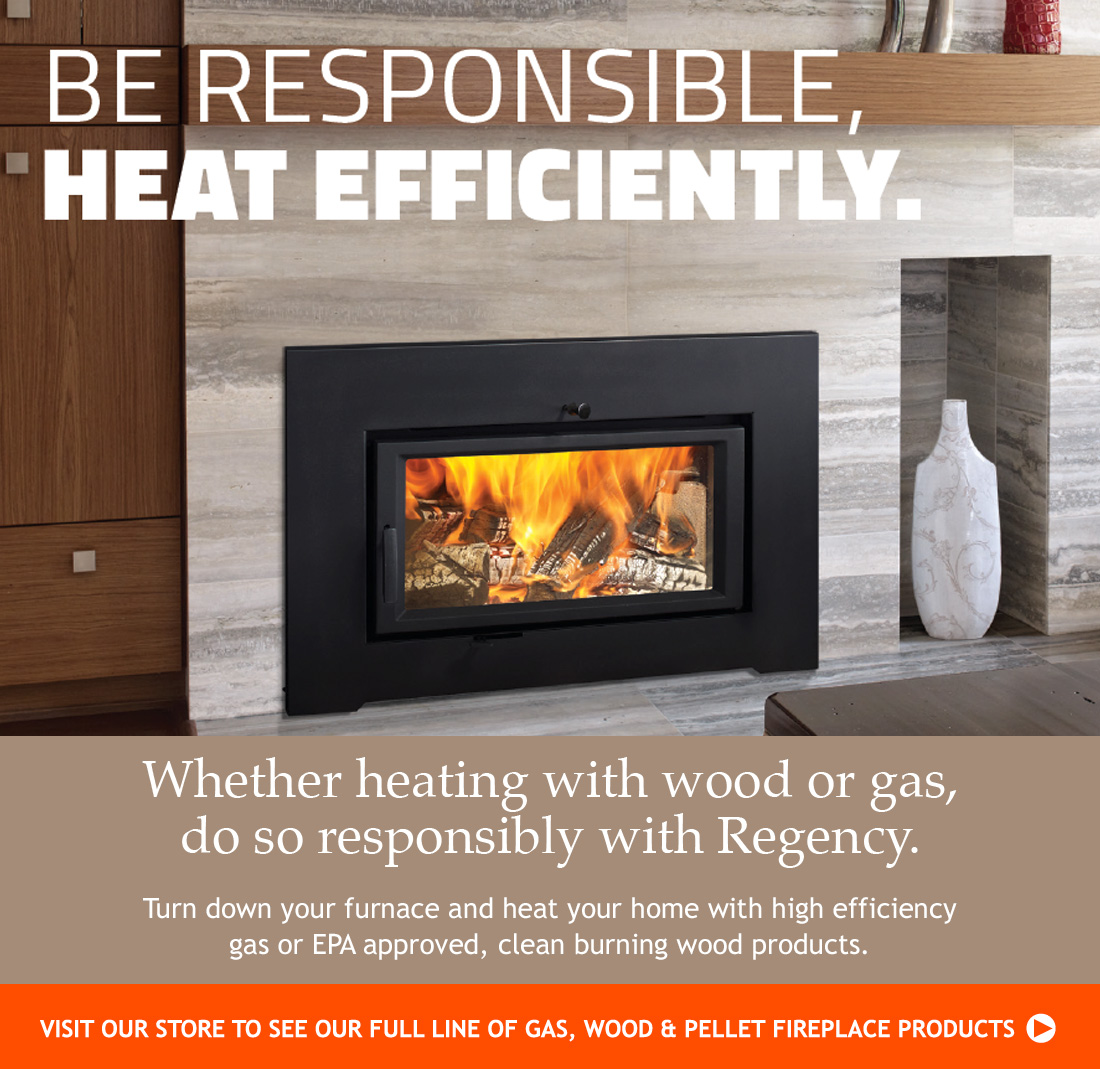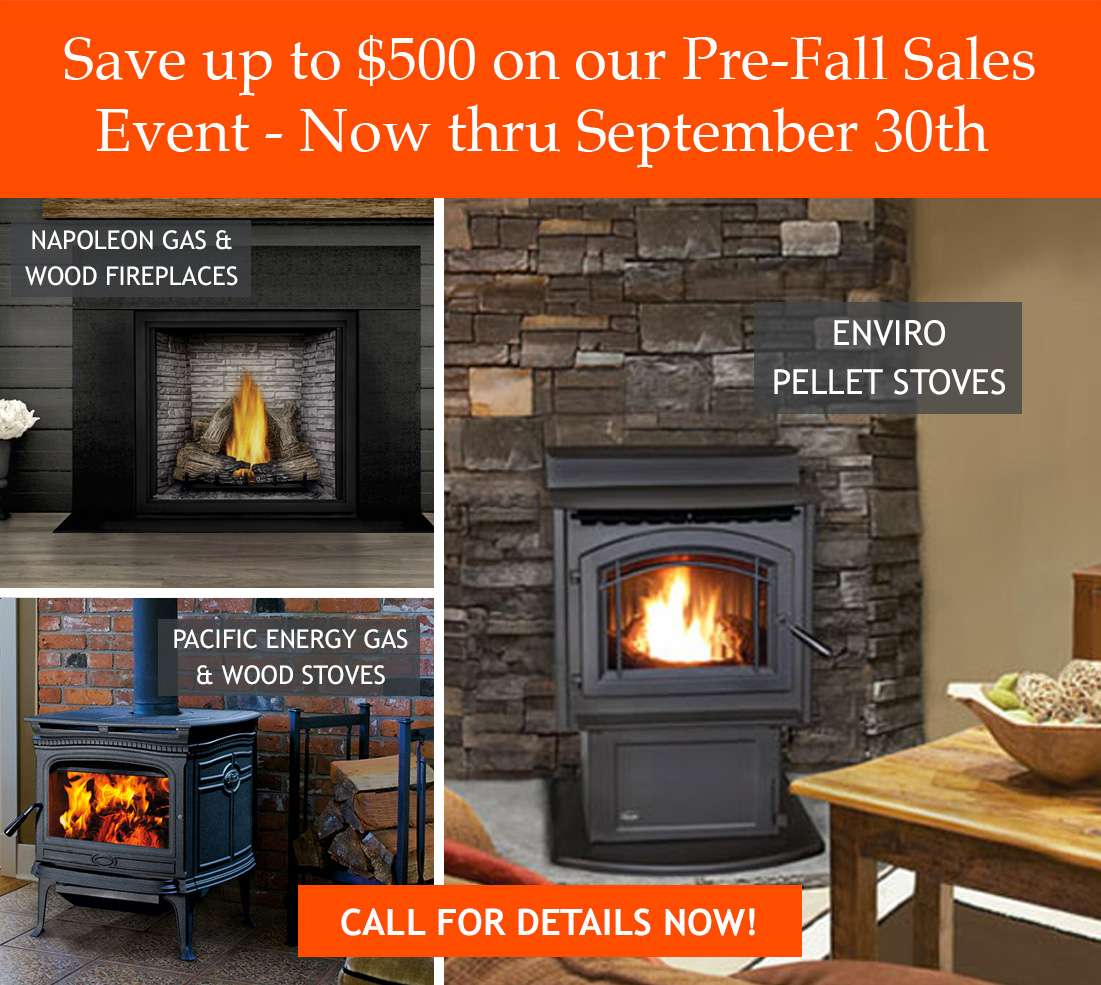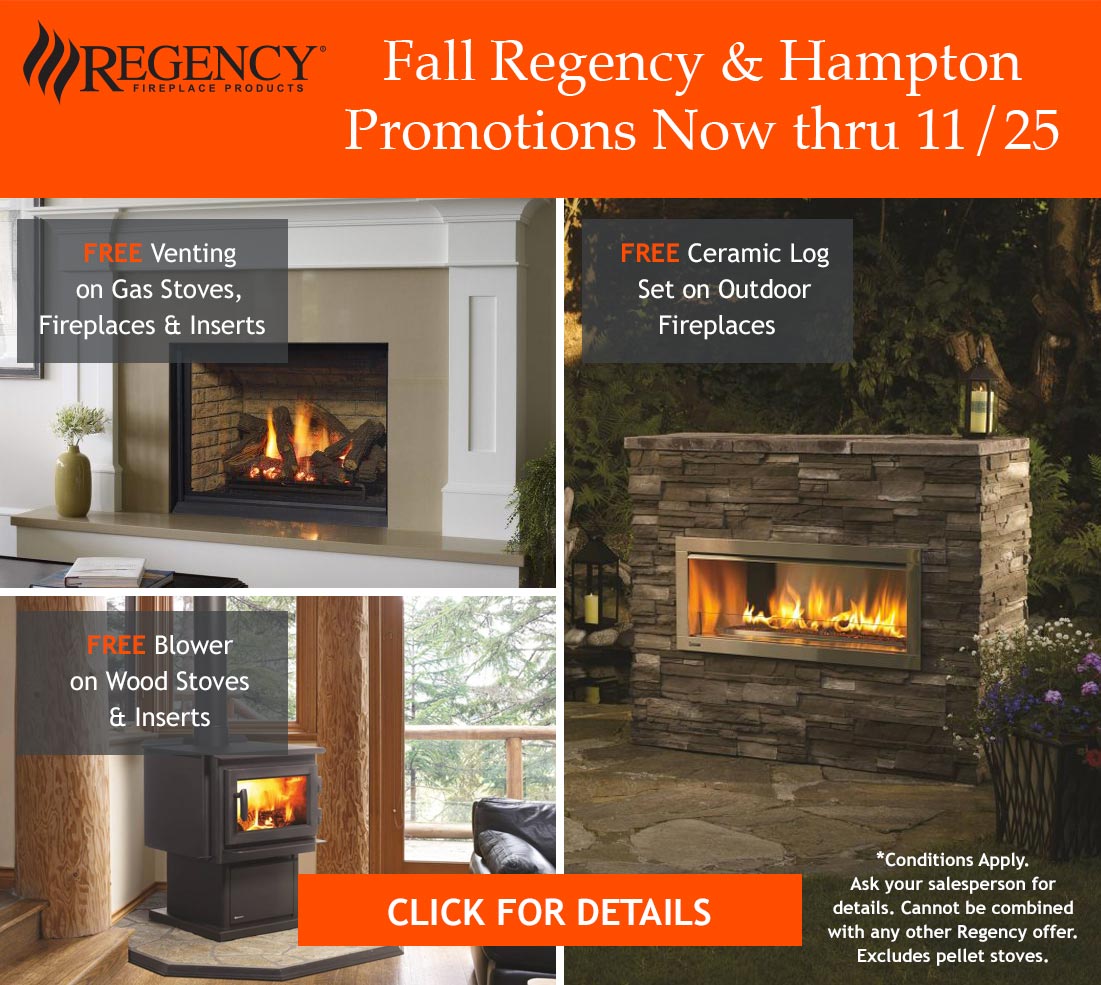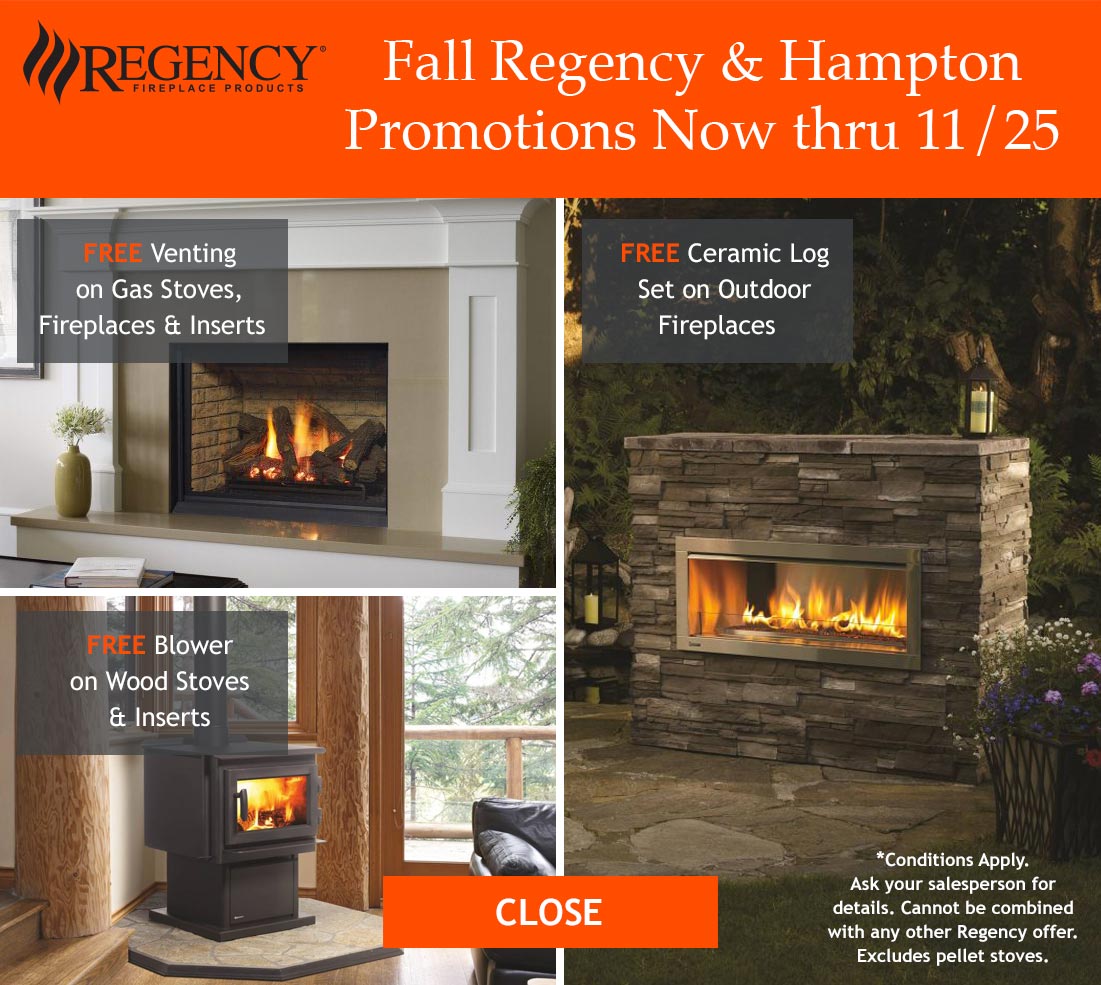How often should my chimney be cleaned?
The National Fire Protection Agency (NFPA) recommends a yearly inspection and cleaning and repairs done as necessary. Free standing wood stoves or fire place inserts used to heat the home should be inspected and cleaned if needed every year. Regular open fireplaces need to be maintained and cleaned on a consistent basis as well. Usually a cleaning is needed for every cord of wood burned, or at least two to three years.
How long will it take to clean my chimney? Will there be a mess?
For most masonry chimneys, cleaning usually takes about an hour, including the setup and removal of tarps, vacuums and tools when we’re finished. Pre-fabricated fireplaces typically take about thirty-five to forty minutes.
Woodstove inserts can take from one to two hours depending on how often they are cleaned, the type of wood burned, and the way the stove is operated. (Slow smolder type burning will produce more creosote needing more time to clean.)
We guarantee that there will not be any mess left in your home.
What is a chimney liner?
Presently most masonry chimneys are built with terra-cotta clay tiles stacked and mortared inside the brick structure. These tiles serve as a gas-tight and heat-resistant insulator against the masonry structure. Without a liner, or with cracked and damaged liners, there would be heat transfer or actual seepage through the brick and mortar. A liner is a stainless steel tube inserted into a chimney to draft a furnace, woodstove, or fireplace. The appliance will vent through that stainless pipe and use the existing chimney structure as an encasement. New liners are gas tight systems insulated for highest efficiency. This system can solve most drafting and safety issues of chimney fire damaged or older unlined chimney flues. There’s more information about chimney liners at the Chimney Safety Institute click here
What type of chimney inspections do you offer?
By industry standards definition, there are three different levels of chimney inspections. The inspection standards were established by the National Fire Protection Association (NFPA). The inspection levels are referred to as Level 1, Level 2, and Level 3.
Level 1 Chimney Inspection
The first level of chimney inspection is the most basic. This inspection is used to verify that your chimney, appliance, or venting system is working safely. The Level 1 inspection is to be used when no changes have been done to the system and no known problems exist with the structure. This inspection may also be combined with an annual chimney cleaning to further ensure the safety of the appliance.
For this inspection we examine the accessible internal and external components of the chimney and appliance or chimney connection. This thorough examination includes checking the firebox, smoke chamber, damper, chimney cap, and chimney crown. The structural elements of the chimney will also be examined and the system will be checked for any blockages or combustible buildup.
Level 2 Chimney Inspection
The Level 2 chimney inspection is primarily for instances when any changes have been done to the chimney system. This includes changes of the fuel type, chimney relining, and/or a replaced furnace or appliance. This inspection may also be used if the home recently changed owners, so that the new homeowners can verify the system’s performance, or if there was a recent chimney fire.
At this level, the inspection includes all of the components of a Level 1 inspection, with an added video element. A color video inspection is used to get a look at the internal surfaces and joints within the chimney. This inspection gives us a comprehensive look at all internal and external components of the chimney. A written report is then presented to you detailing any points of concern found during the inspection.
Level 3 Chimney Inspection
As with the level 2 inspection, all components of the previous inspections are included in the Level 3 inspection. The Level 3 inspection is more intrusive then the other levels. For this inspection, parts of the chimney hidden from view may need to be removed and examined for defects. To get to these parts of the chimney, we may need to remove bricks, metal flue pipes, masonry, chimney crowns, chimney caps, interior chimney walls, or any other parts of the chimney system. A Level 3 inspection is only necessary when one of the previous inspections reveals a serious problem, and the only way to access the area is to open up the chimney. These inspections are extremely rare and are only necessary in about 2% of all inspections.
My chimney has white stains on the brick what is this?
The white stains or powder-like material is often the result of water penetration of the chimney. During a rain, snow, or ice storm water is absorbed by the brick and mortar crown. In the case of snow or ice storm the freeze thaw cycles can enlarge the cracks on the top of the chimney mortar crown allowing water to enter the structure this way. The chimney will soon saturate with water. As the chimney dries, lime and salts from brick and mortar are pushed out of the pores of the chimney. Wood in contact with the chimney can also absorb water, and in most cases, start to rot. This is a common problem that we can help prevent. The cost of this service depends on many factors. Call us toll-free at 1-866-359-2815 for more information or to schedule a visit.







